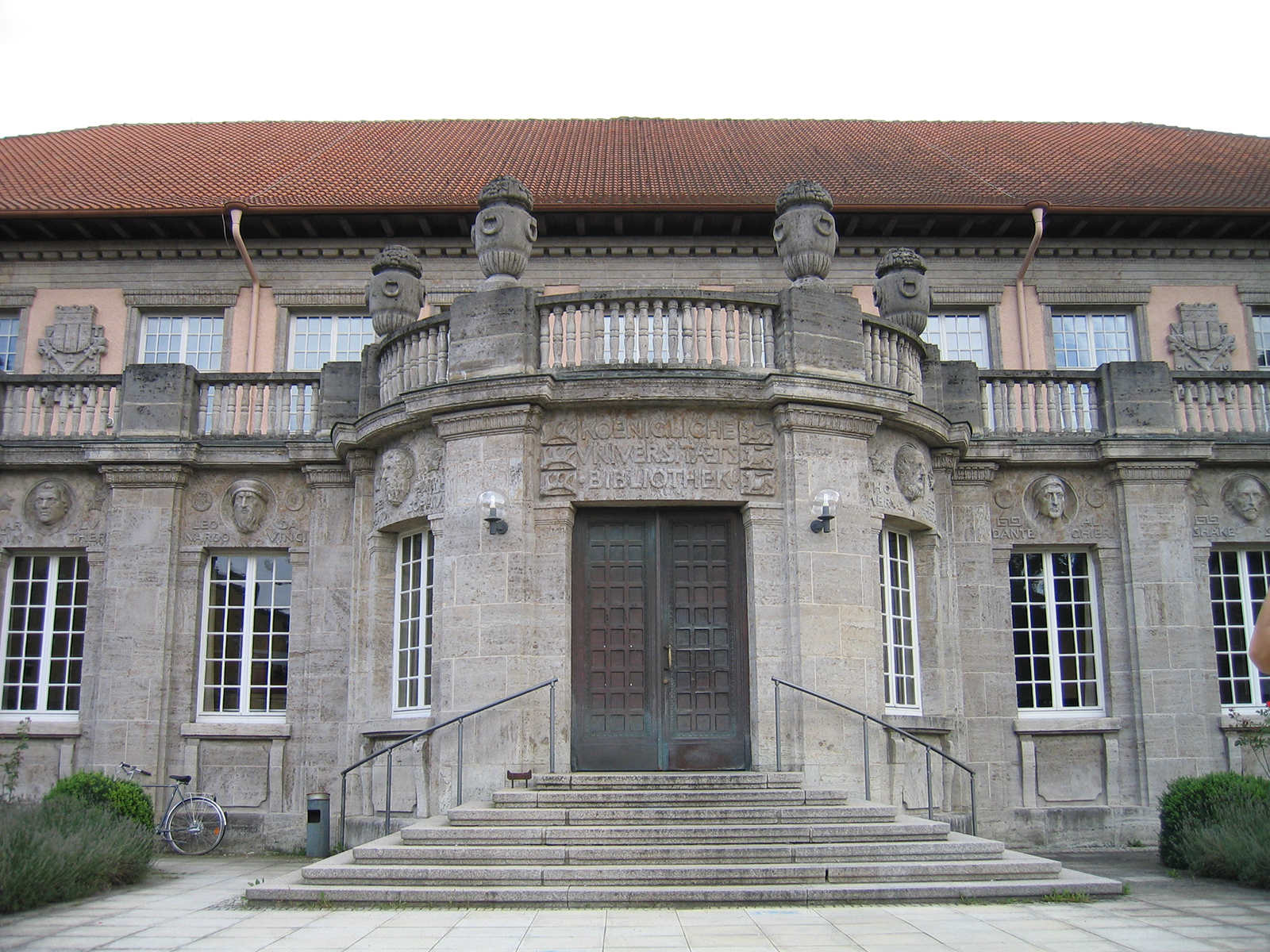University of Tübingen: New insights into the everyday life of early industrial workers
The hand skeletons of women workers from the early days of industrialization reflect the diverse and changing activities of their everyday lives. In a new study, Dr. Alexandros Karakostis from the Institute for Scientific Archeology at the University of Tübingen and Dr. Gerhard Hotz, Curator for Anthropology at the Natural History Museum Basel, showed for the first time that a lot of information about the work and everyday life can be obtained from the hand bones of earlier humans. The study was published in the American Journal of Biological Anthropology .
When examining the hand skeletons of earlier workers from the 19th century from the Basel hospital cemetery, the researchers used a method known as “VERA”: The hand skeletons were examined in a virtual 3D analysis, the everyday work that the people with performed with their hands, reconstructed and the results compared with the respective documented life stories. “This approach is based on the 3-D examination of the bones, especially the places where the muscles attached during life,” says Alexandros Karakostis, the lead author of the study, who developed this new approach.
The researchers’ findings revealed a clear gendered division of labor during industrialization, one of the most defining periods of modern societies. In the women who worked as domestic workers or in factories, the researchers found a very wide range in the shape – or morphology – of the hand bones. “This corresponded to the diverse tasks and changing jobs that were common at the time,” says Karakostis. In women who had more specific occupations, such as seamstresses and seamstresses, the hand bones would have shown different characteristics.
The researchers obtained similar results for the men studied who had “gender-specific” jobs. “For example, we found certain skeletal features in construction workers that reflected heavy work and a firm grip,” reports the scientist. “Hand bones from men who did more fine motor work had more features that emerge from frequent precision gripping movements of the thumb and forefinger.”
In order to understand how our society has developed, it is important to reconstruct the history of the gender-specific division of labor, says Karakostis. Previously, it had been difficult for anthropologists to review the methods used to study gender-specific work because there were hardly any skeletons of women whose activities were known during their lifetime. In general, there is little archival evidence of women’s employment in past centuries. This also has to do with how earlier societies perceived women’s work.
Unique documentation
For their study, Karakostis and Hotz used finds and data from the Basel Spitalfriedhof project, which provides insights into the living conditions of Basel’s lower classes in the 19th century through identified skeletons, associated medical records and documented life stories. The researchers conducted their anthropological study on the hand bones of lower-class female workers in early-industrial Basel. “The everyday life of these women is documented in a unique way in numerous details,” reports Karakostis. The skeletal parts and large archives associated with each of these individuals have been carefully studied over 15 years and assembled by a large number of volunteers in the ‘Citizen Science Basel Project’ led by Gerhard Hotz.
“The results offer insightful insights into the daily life of working-class women and men in early industrial Basel and show how promising our methods are for studying the lives of earlier people in general,” emphasizes Karakostis.

